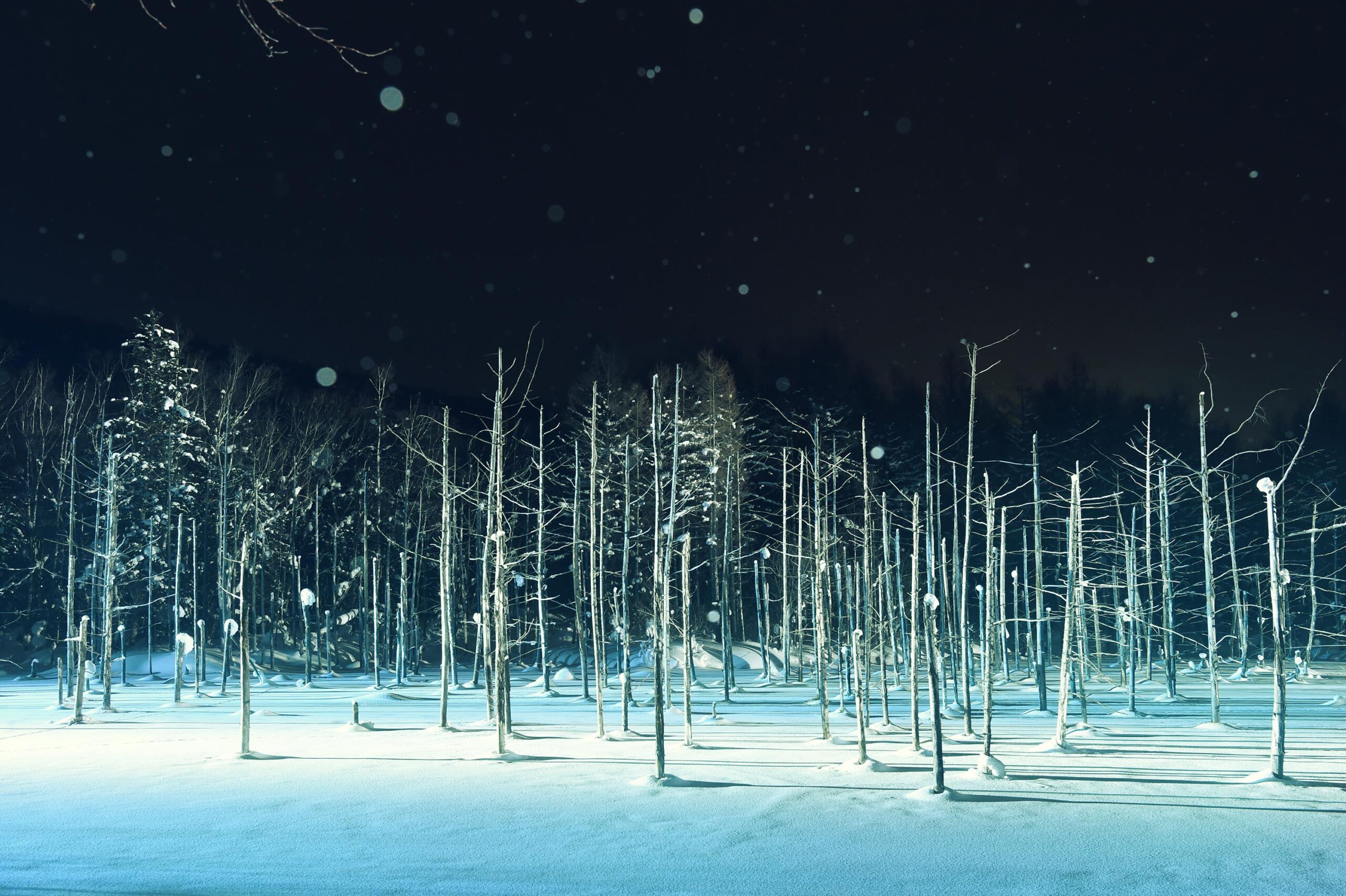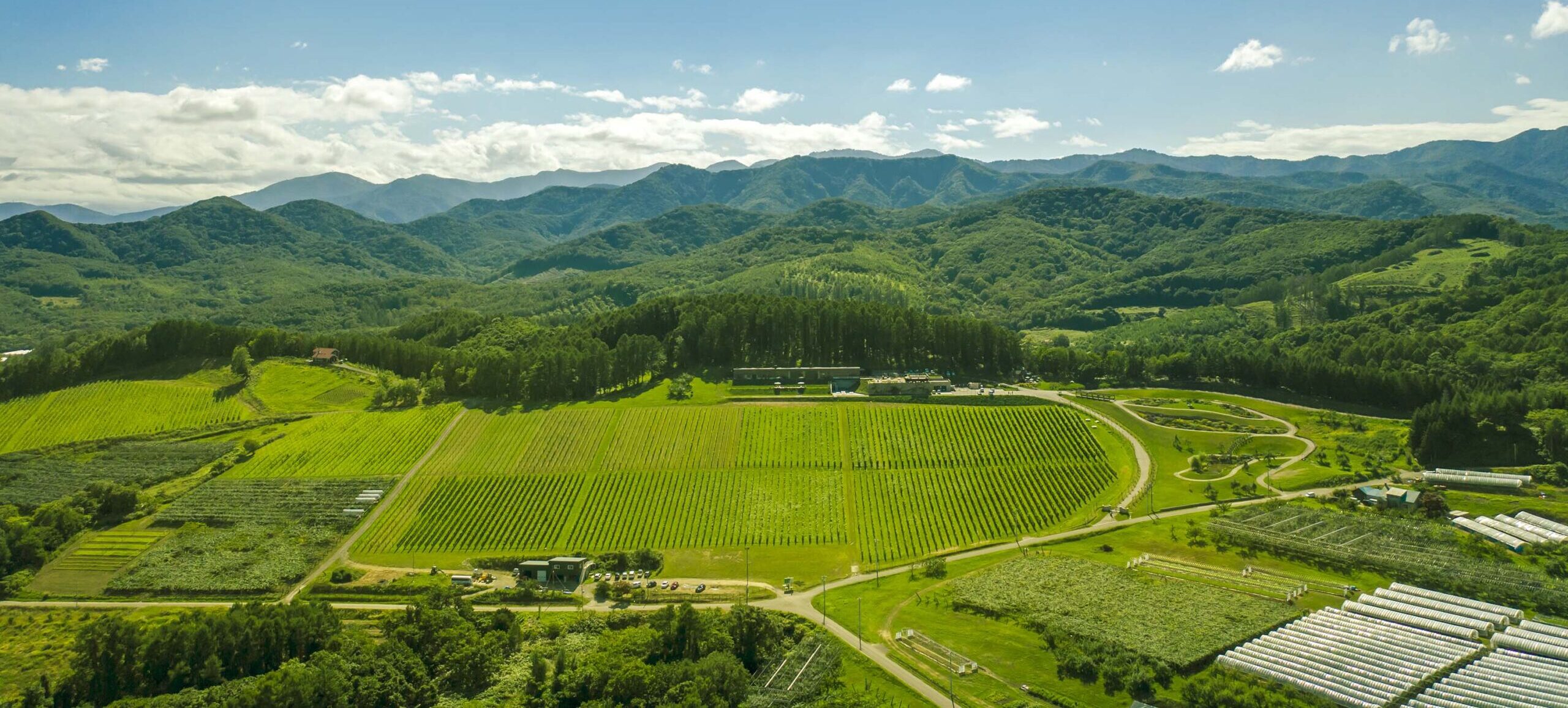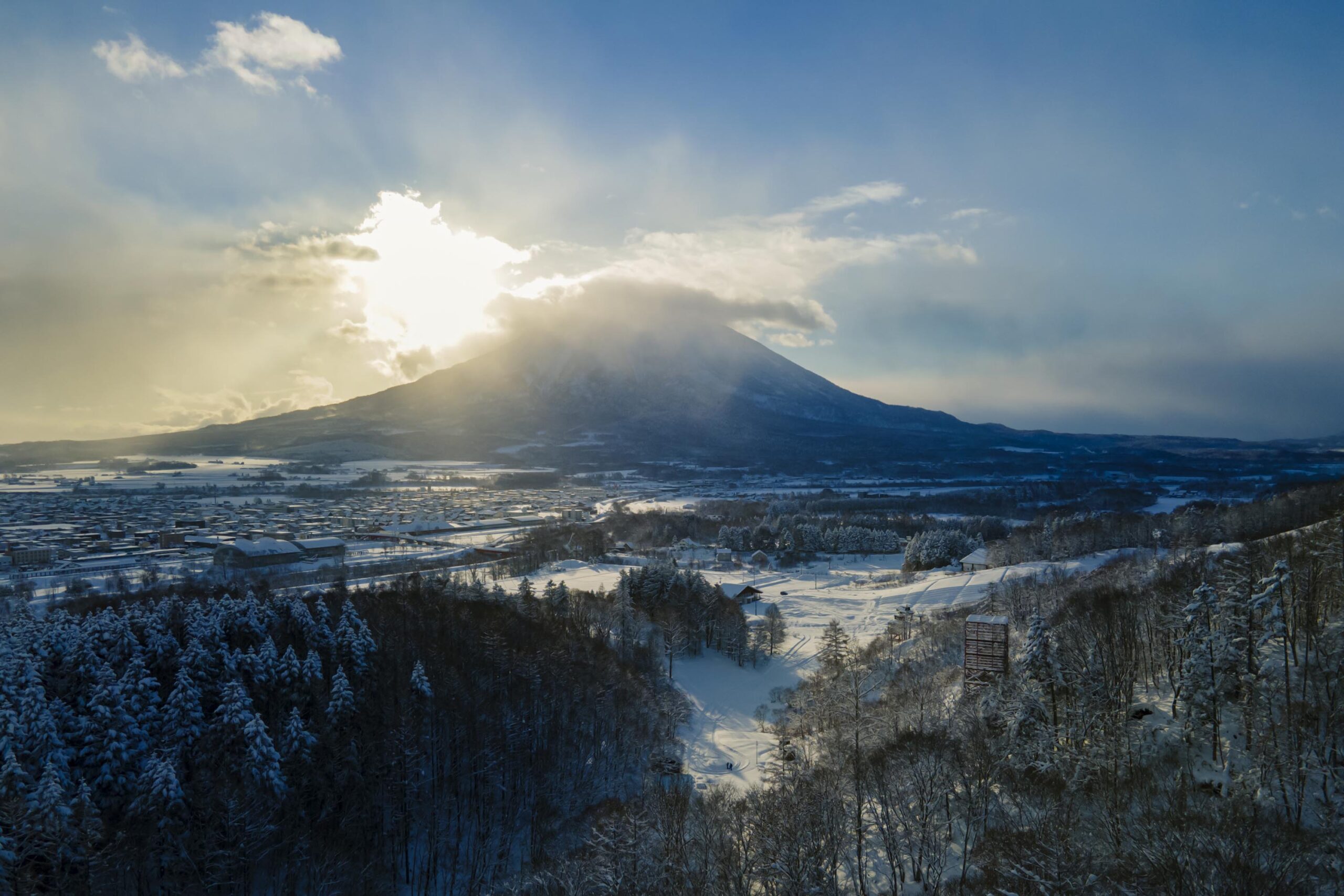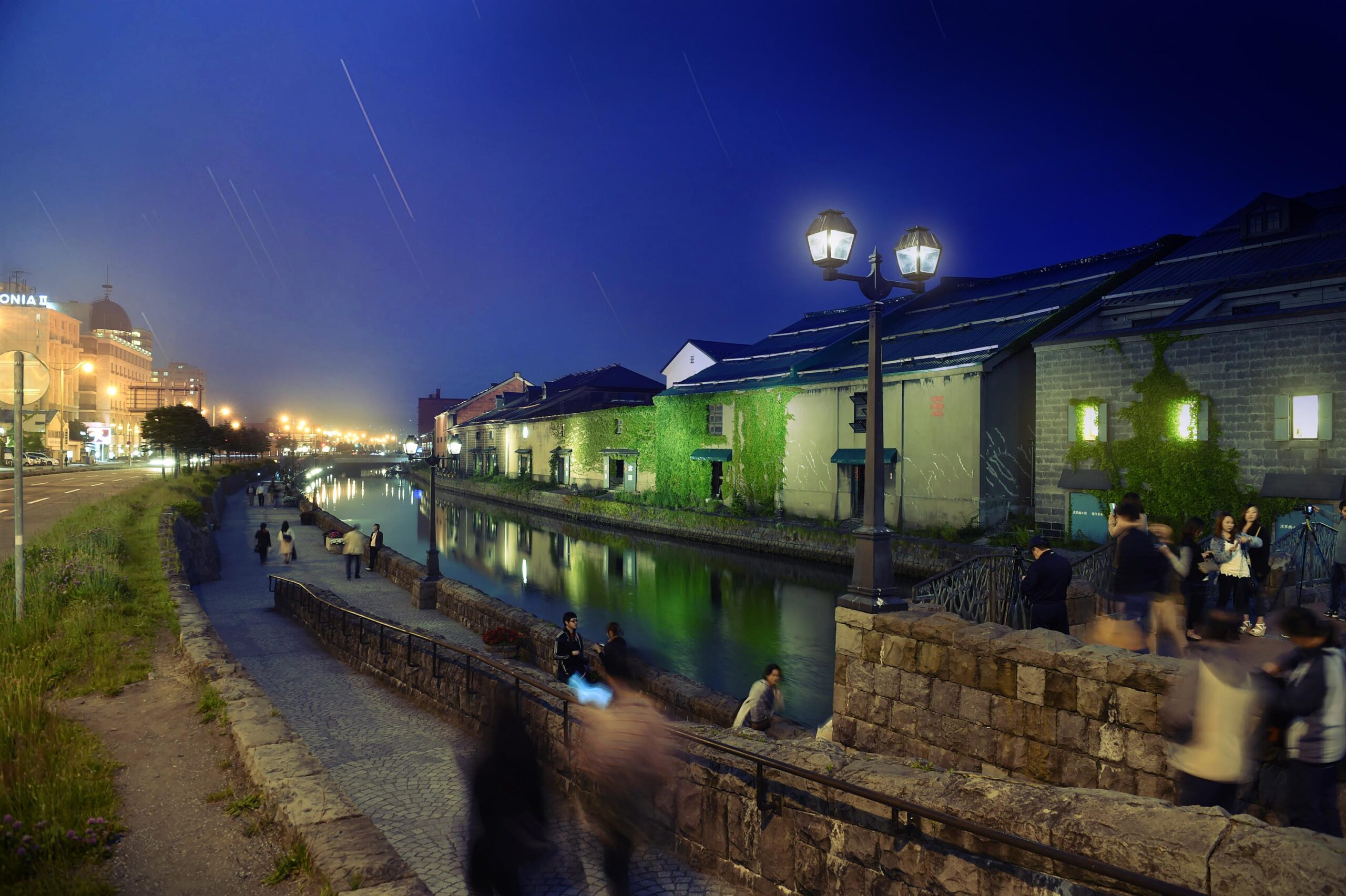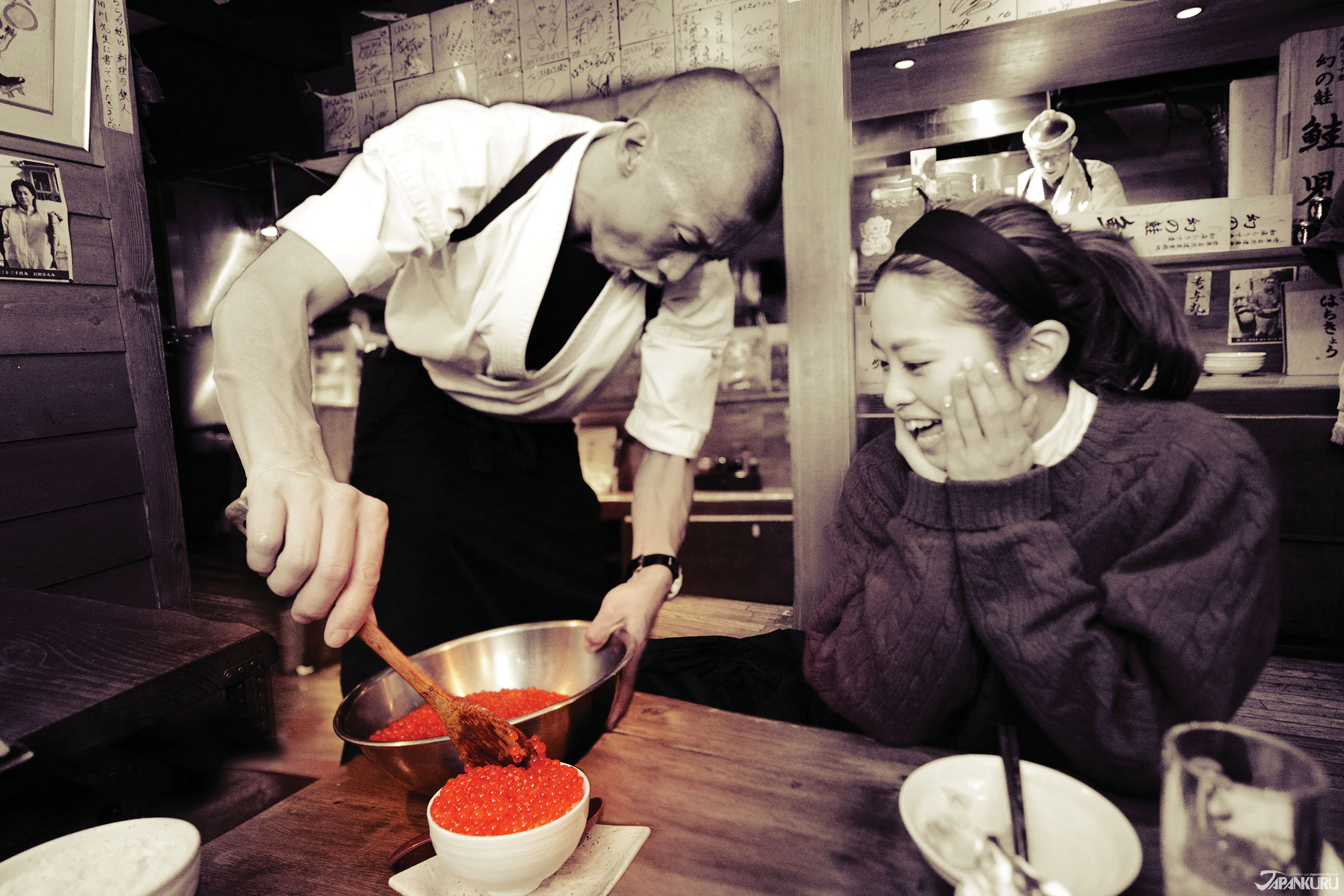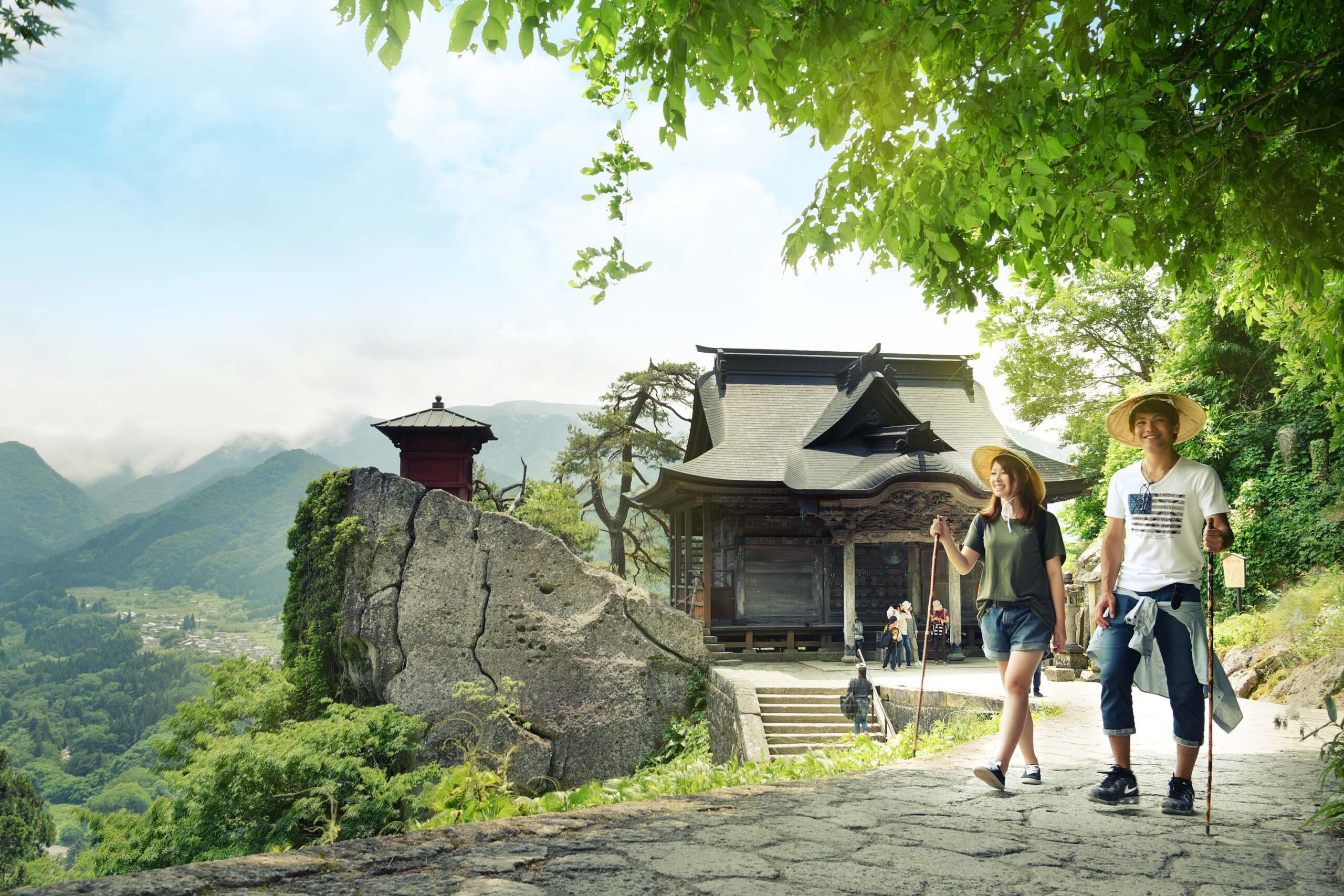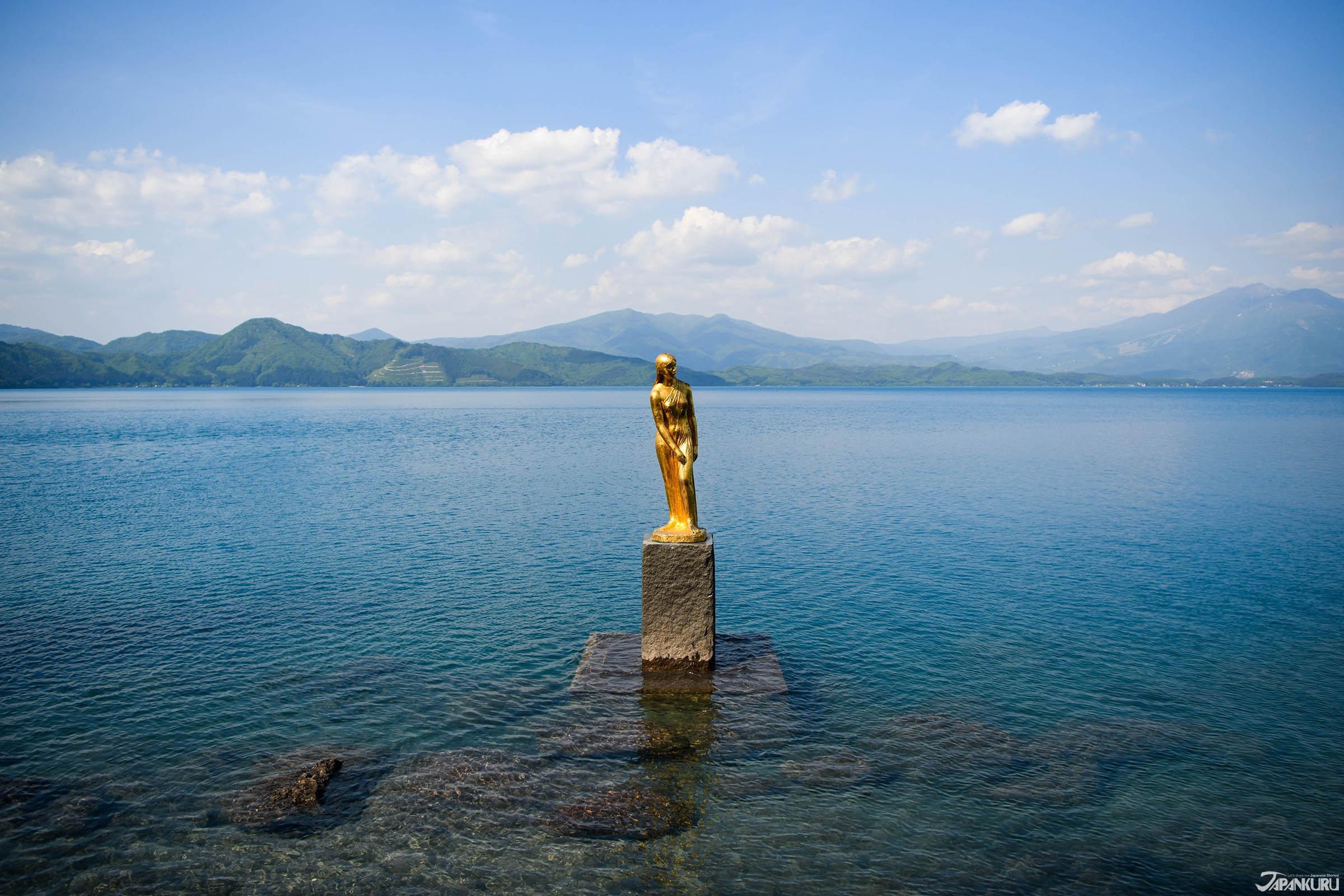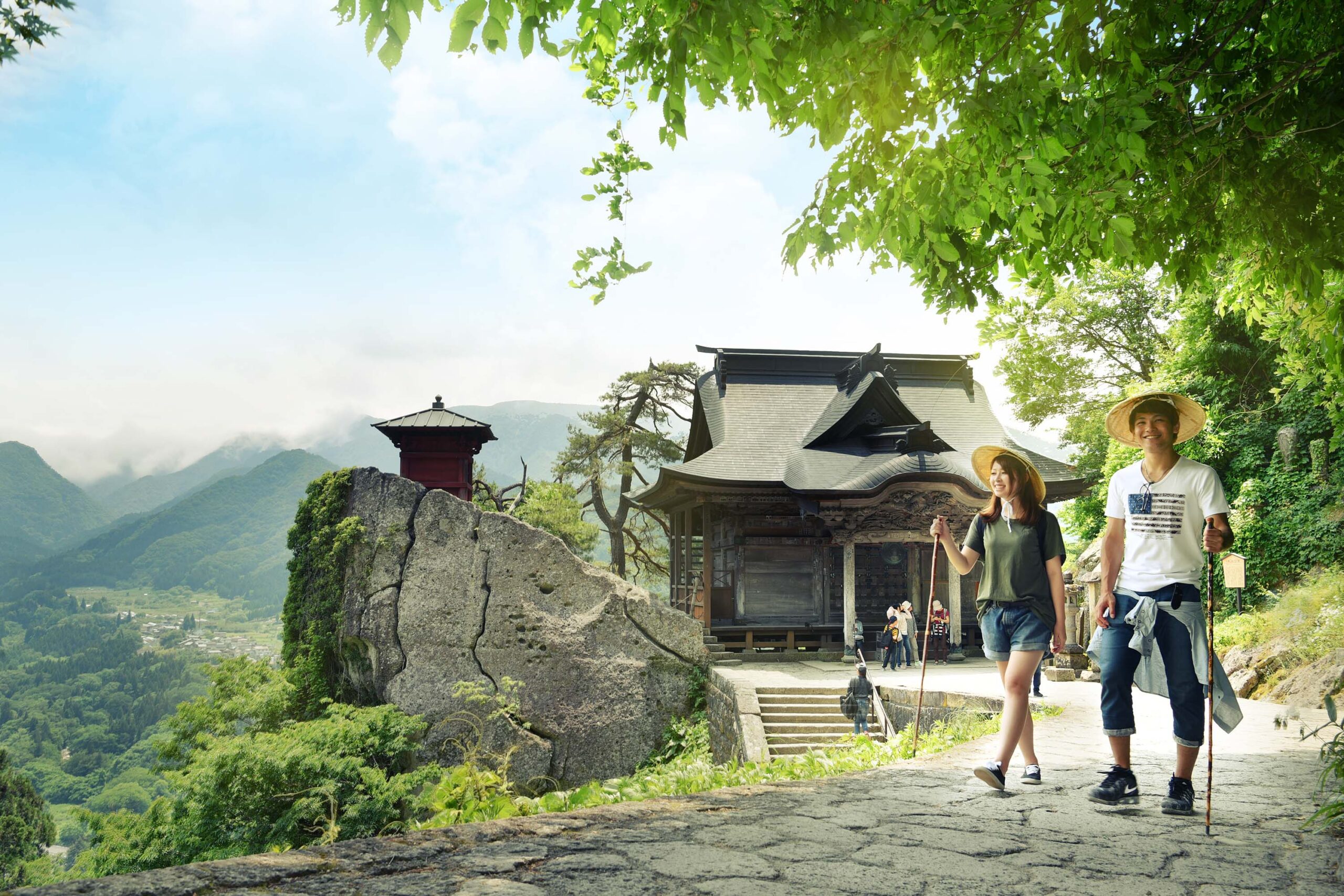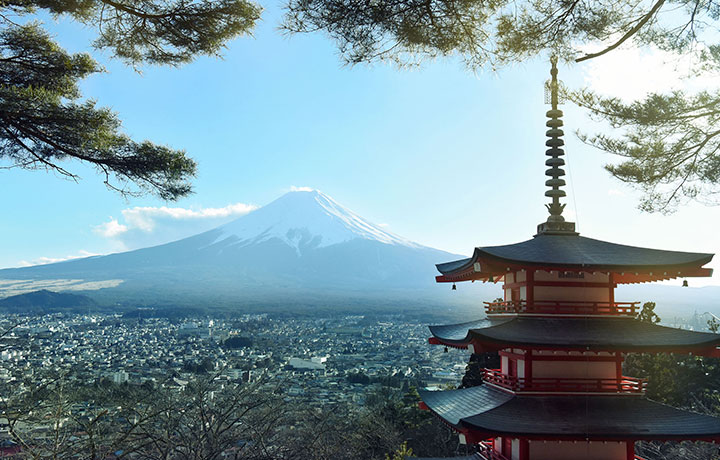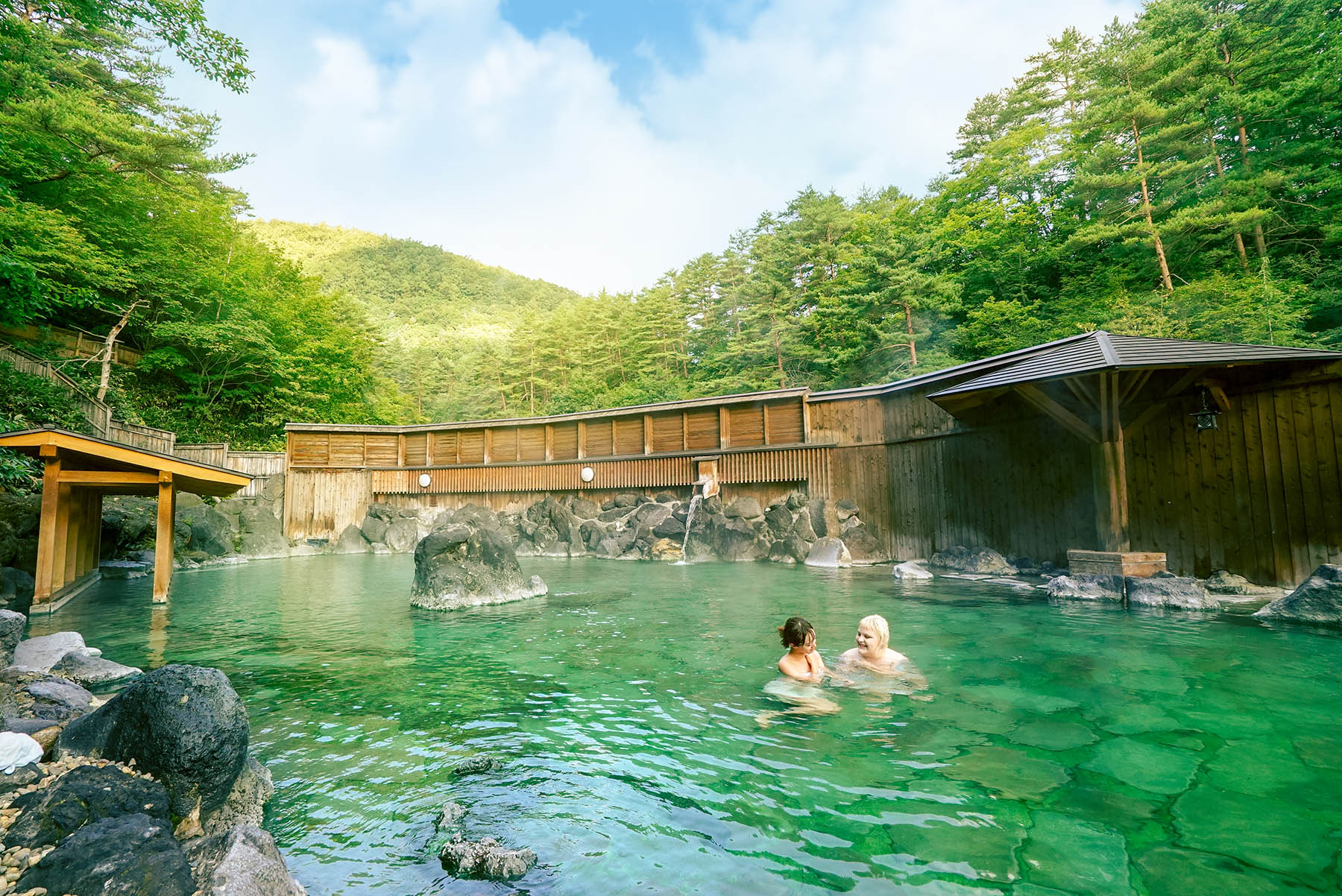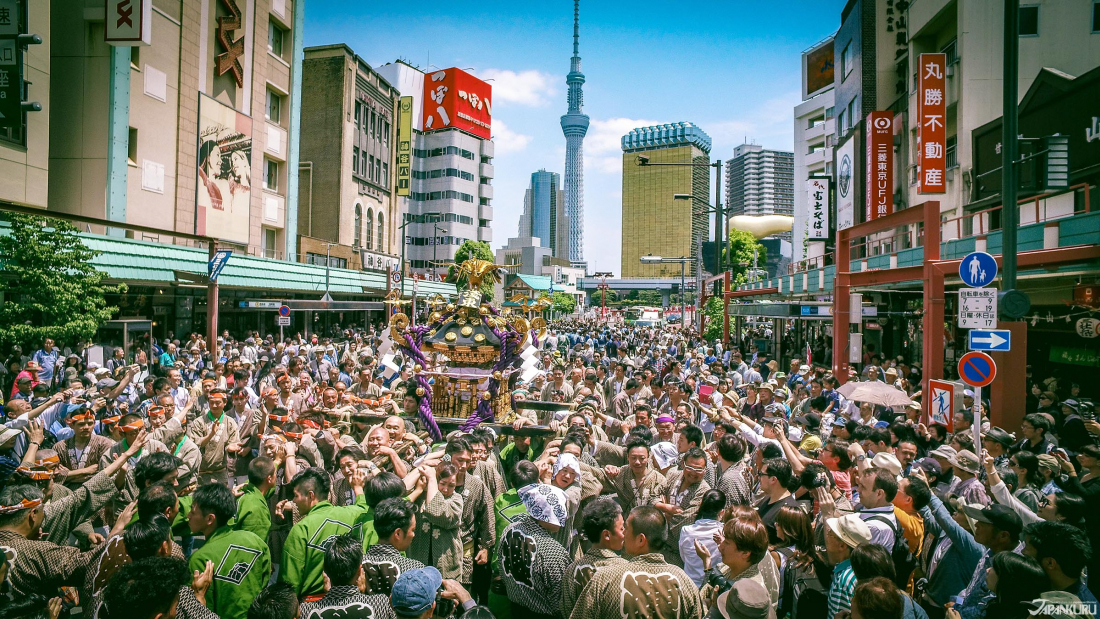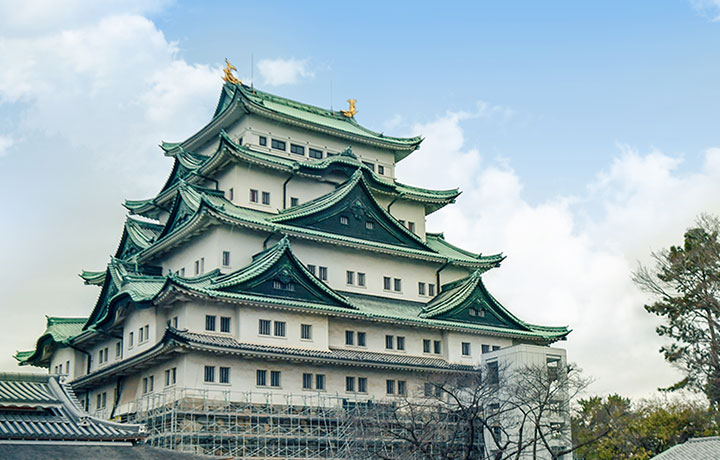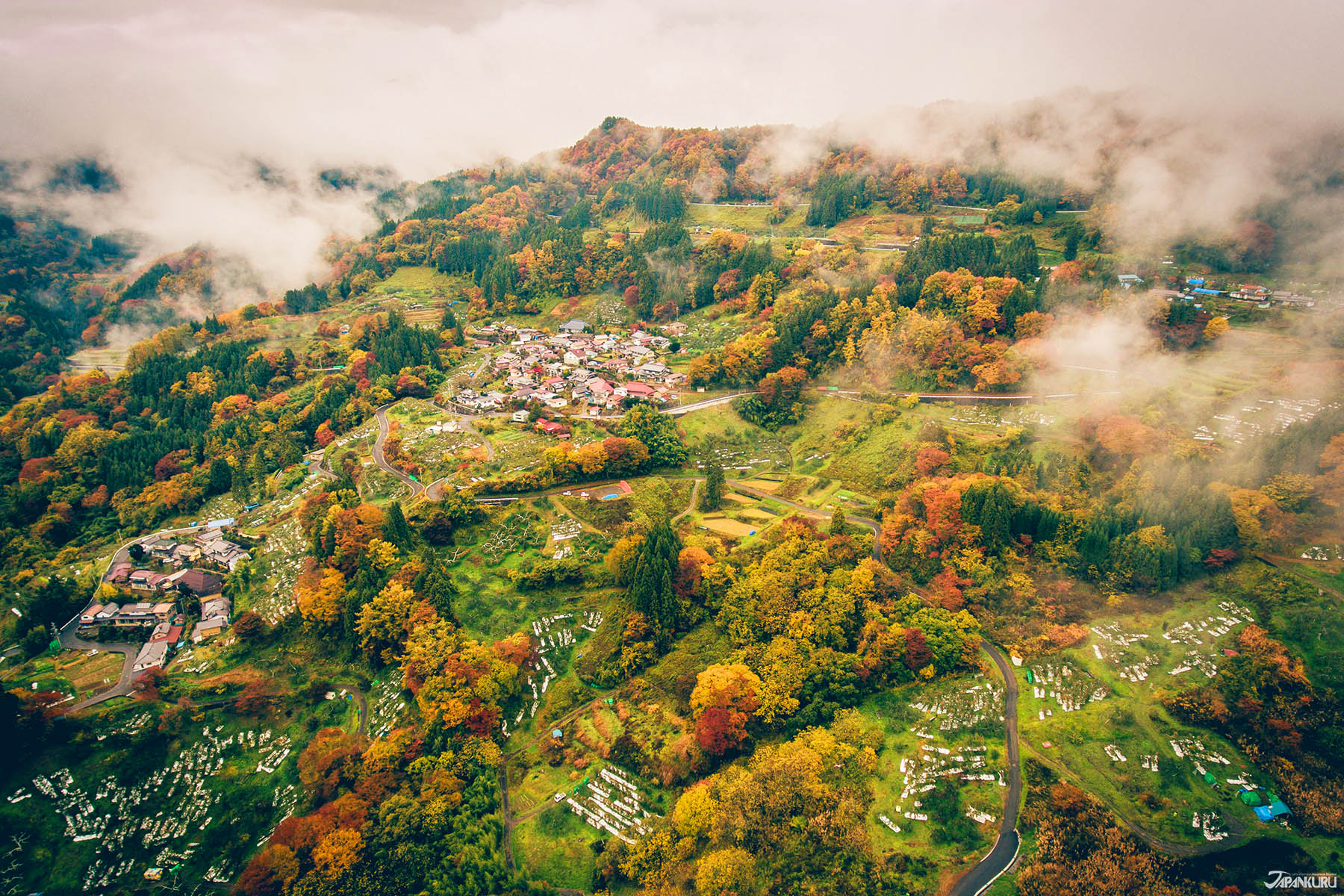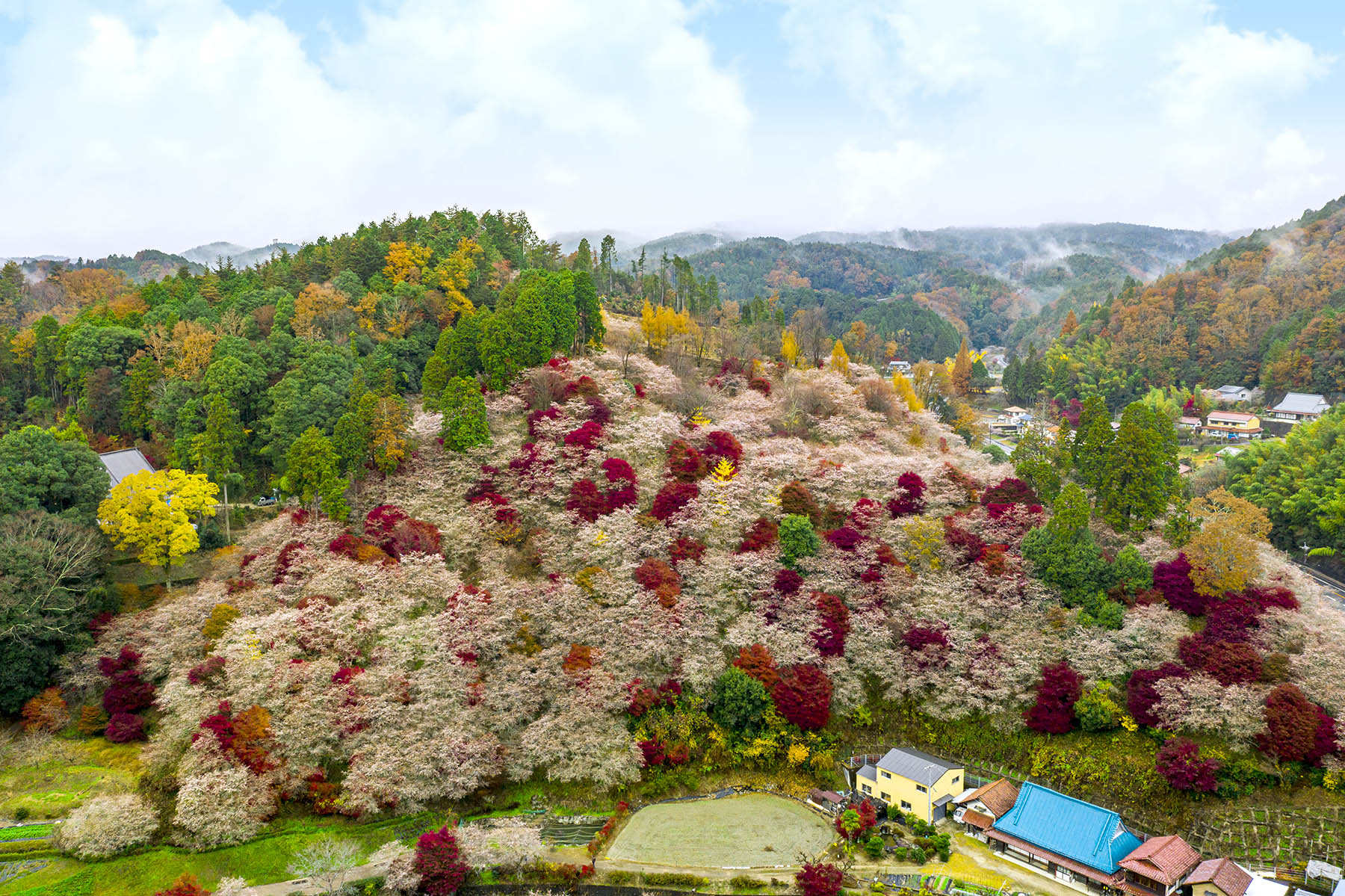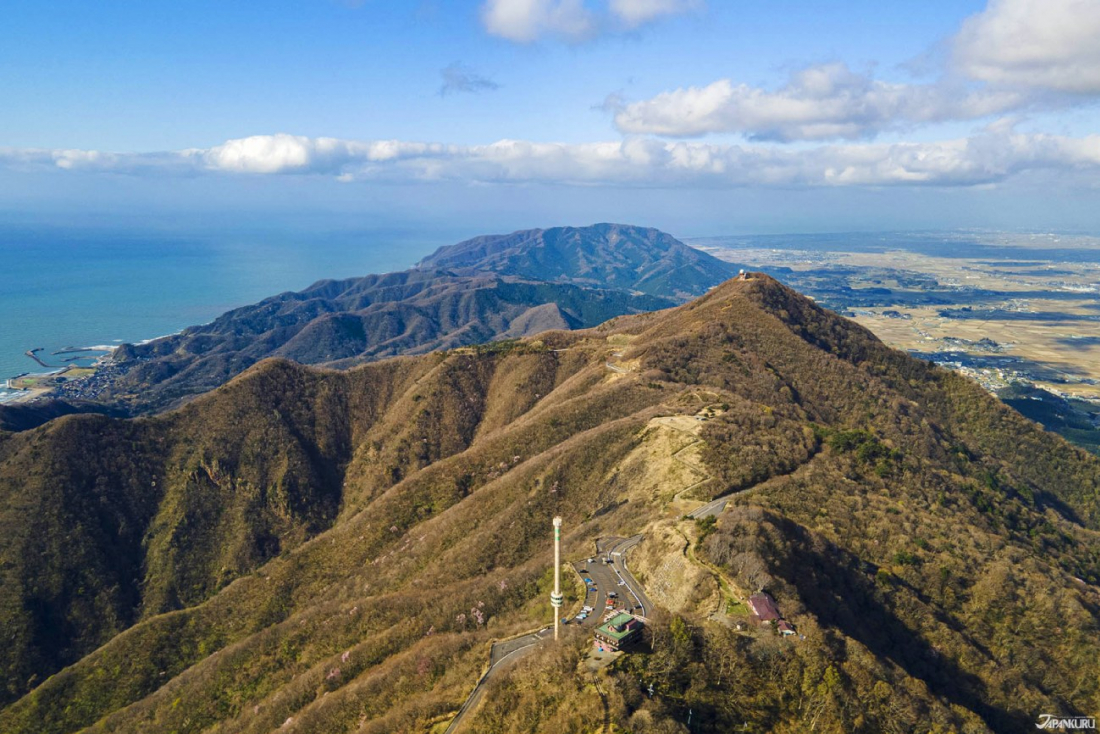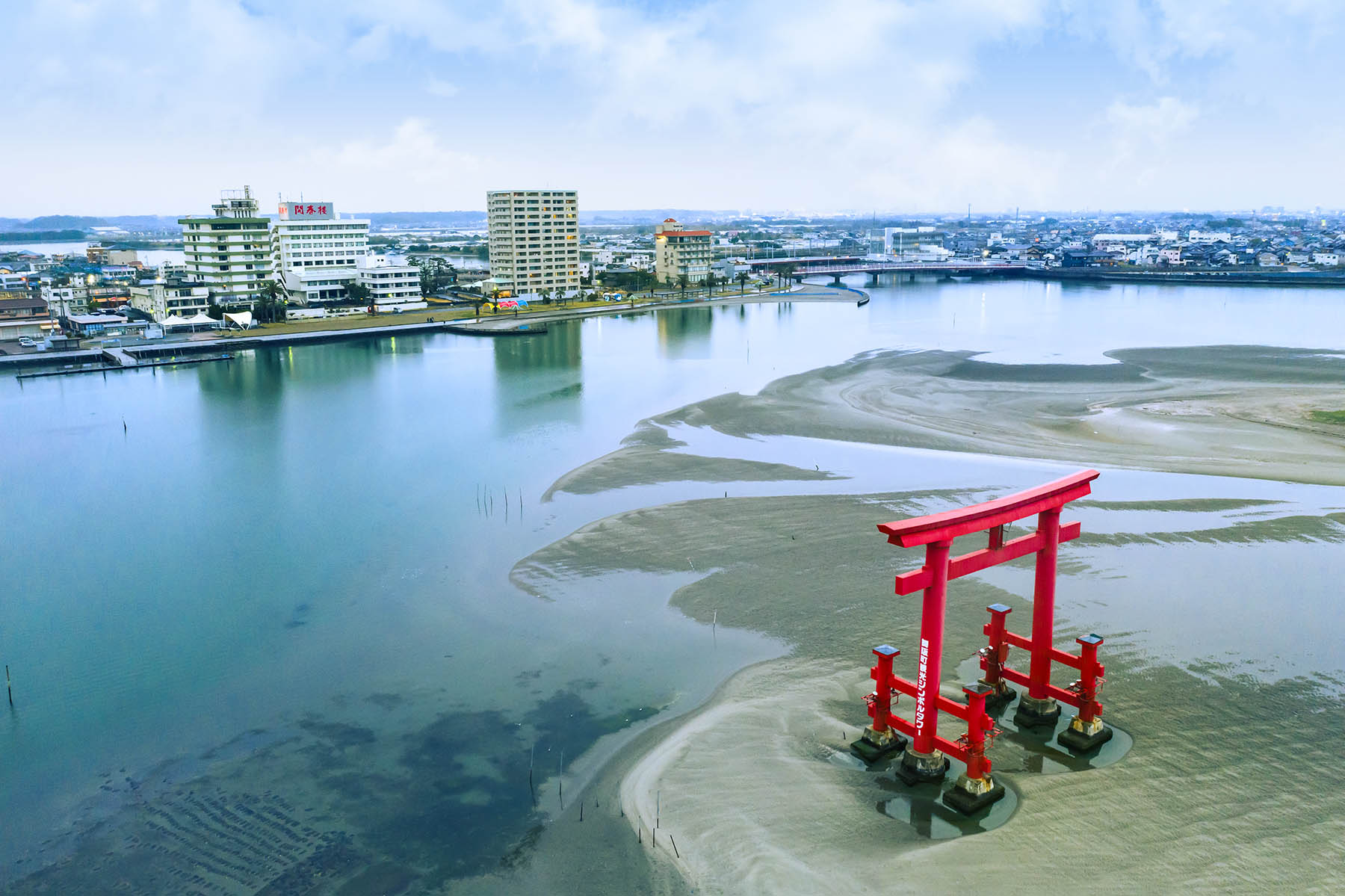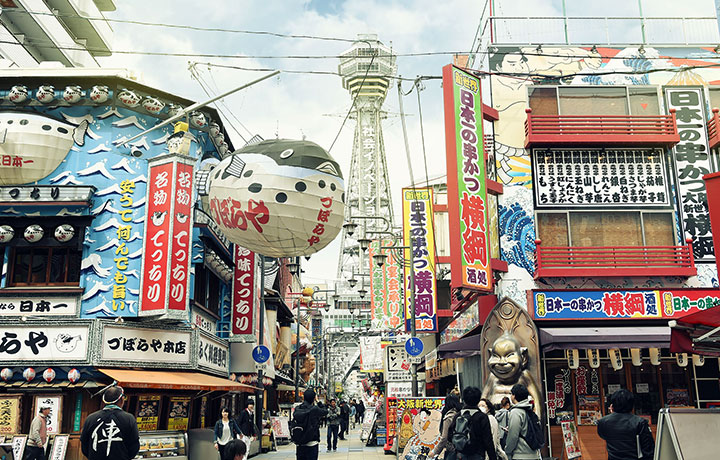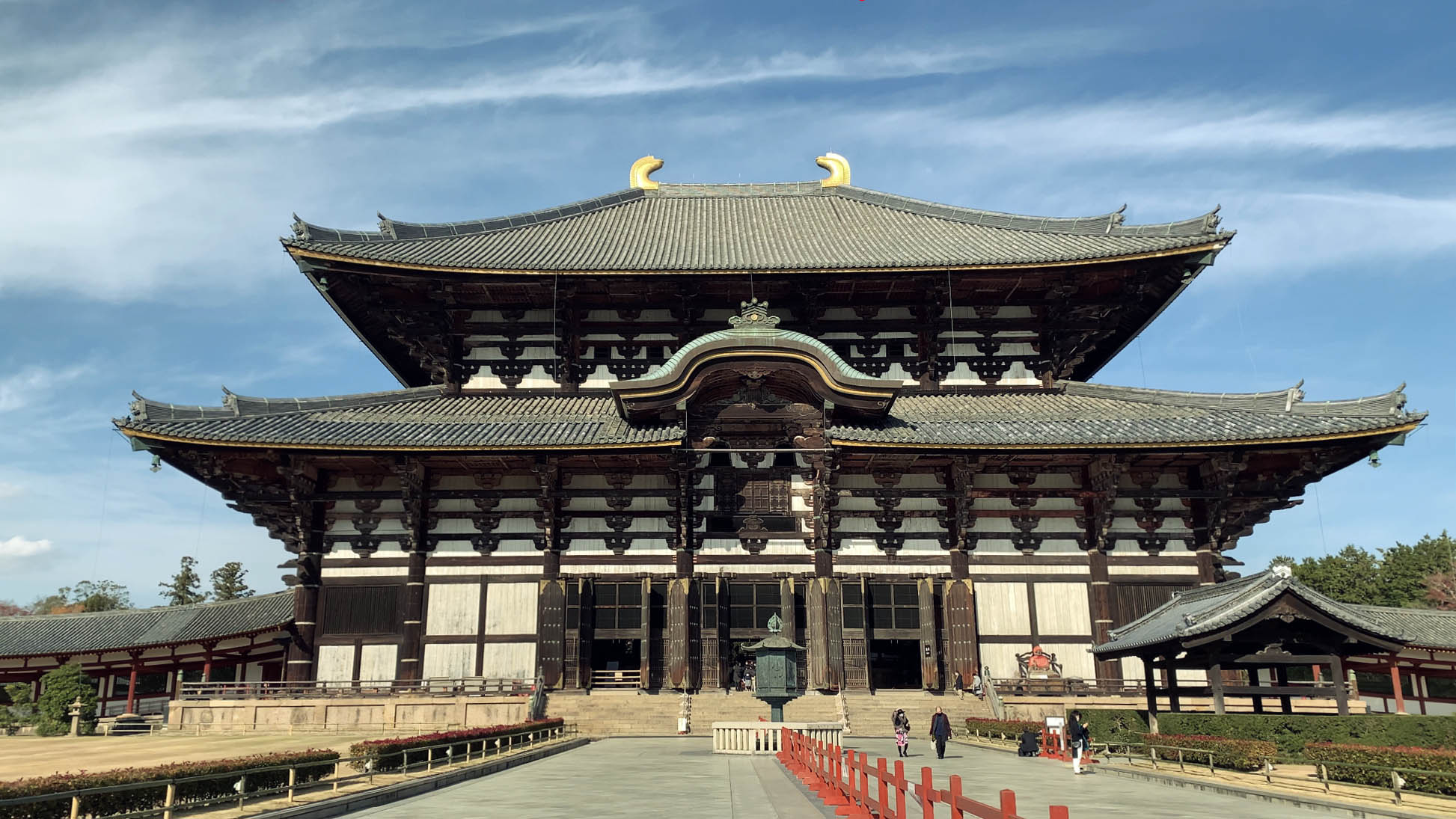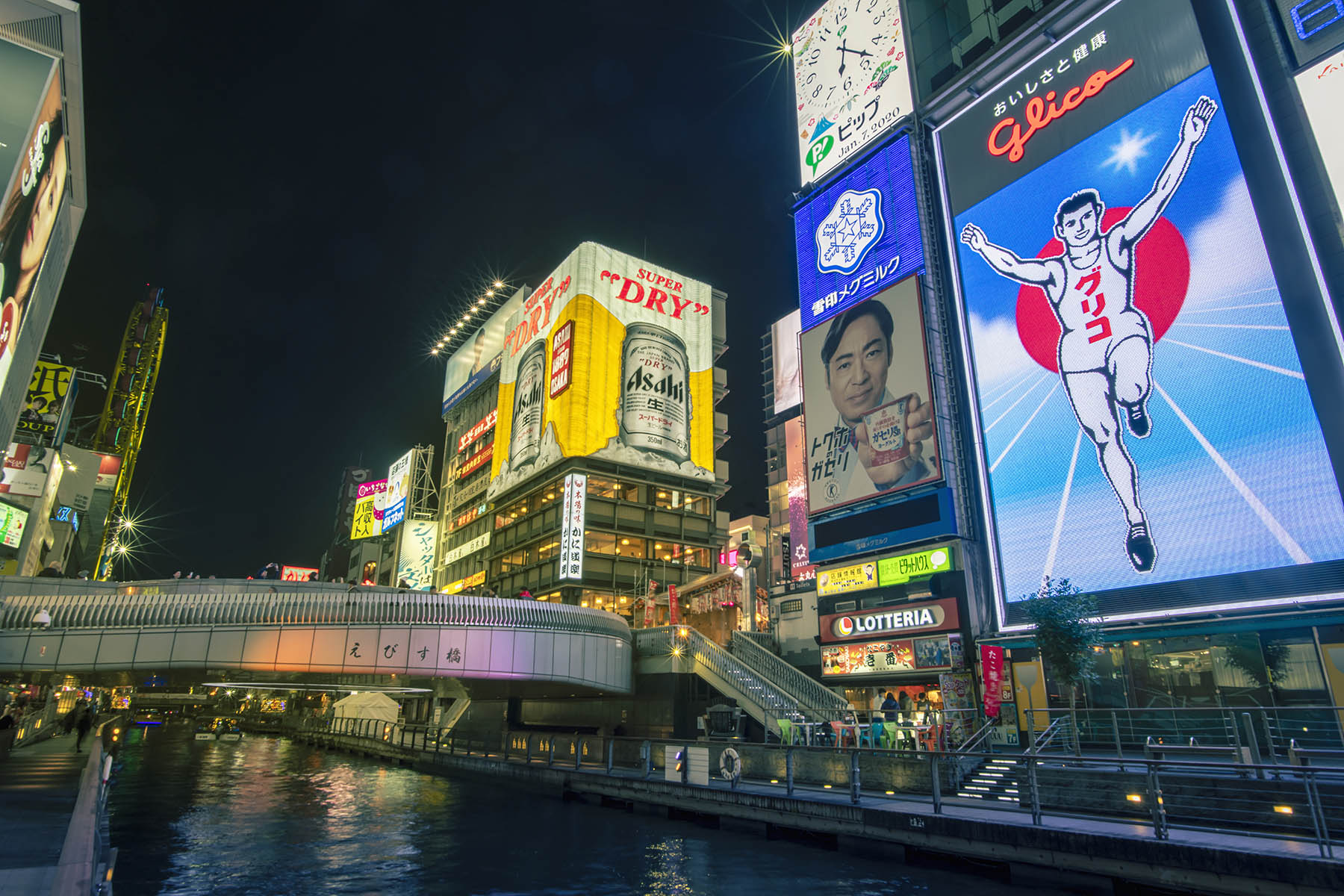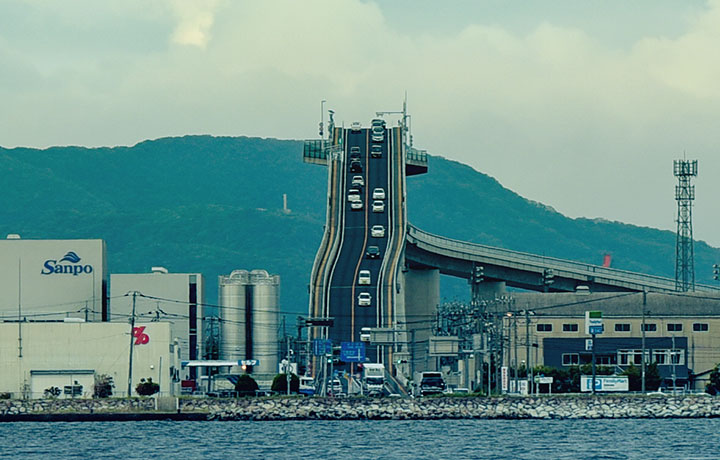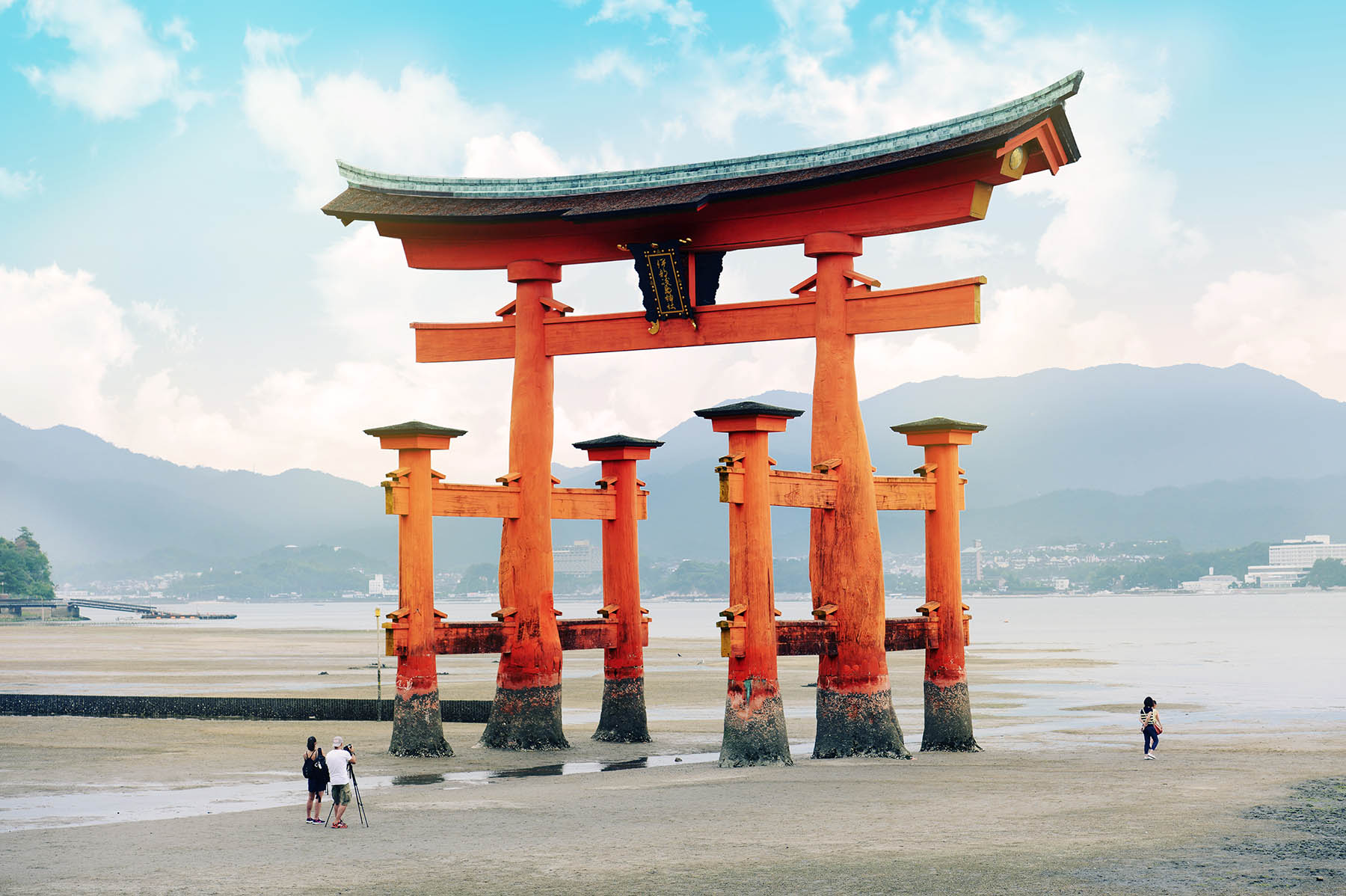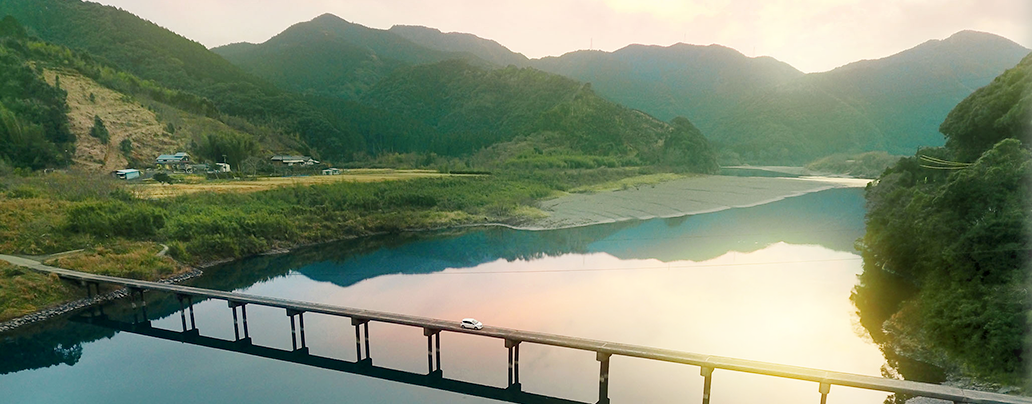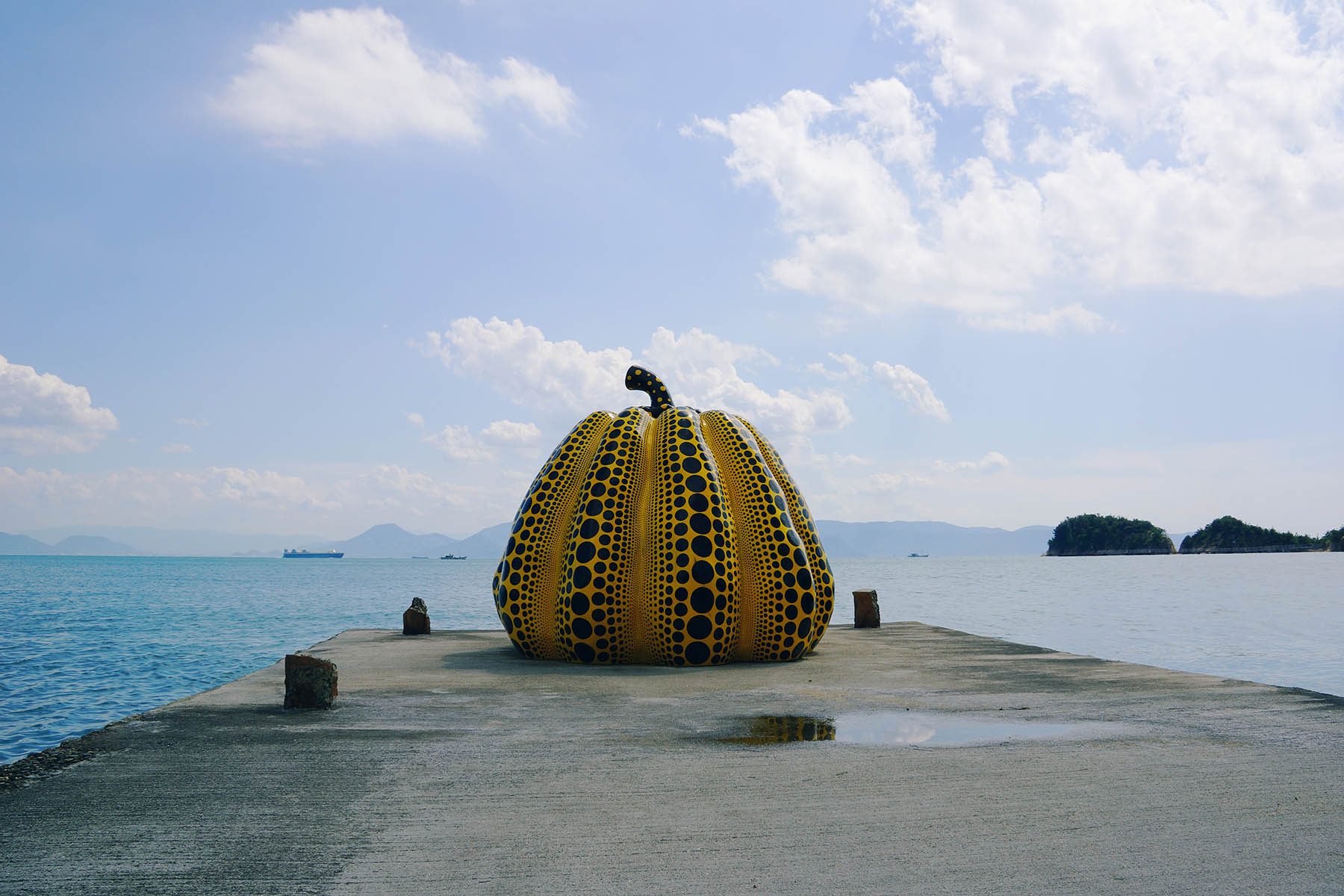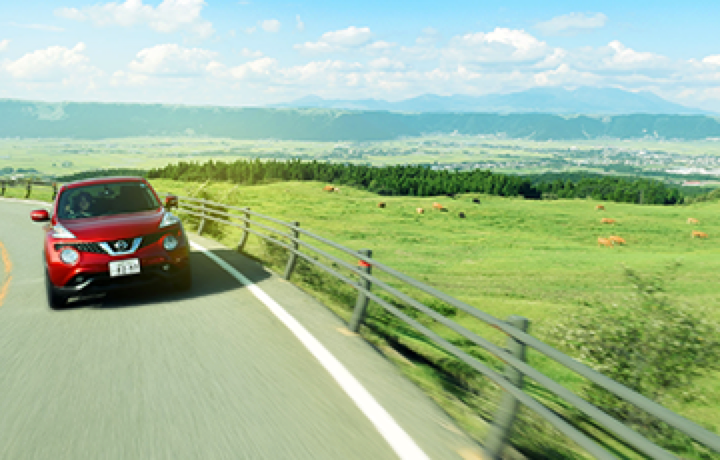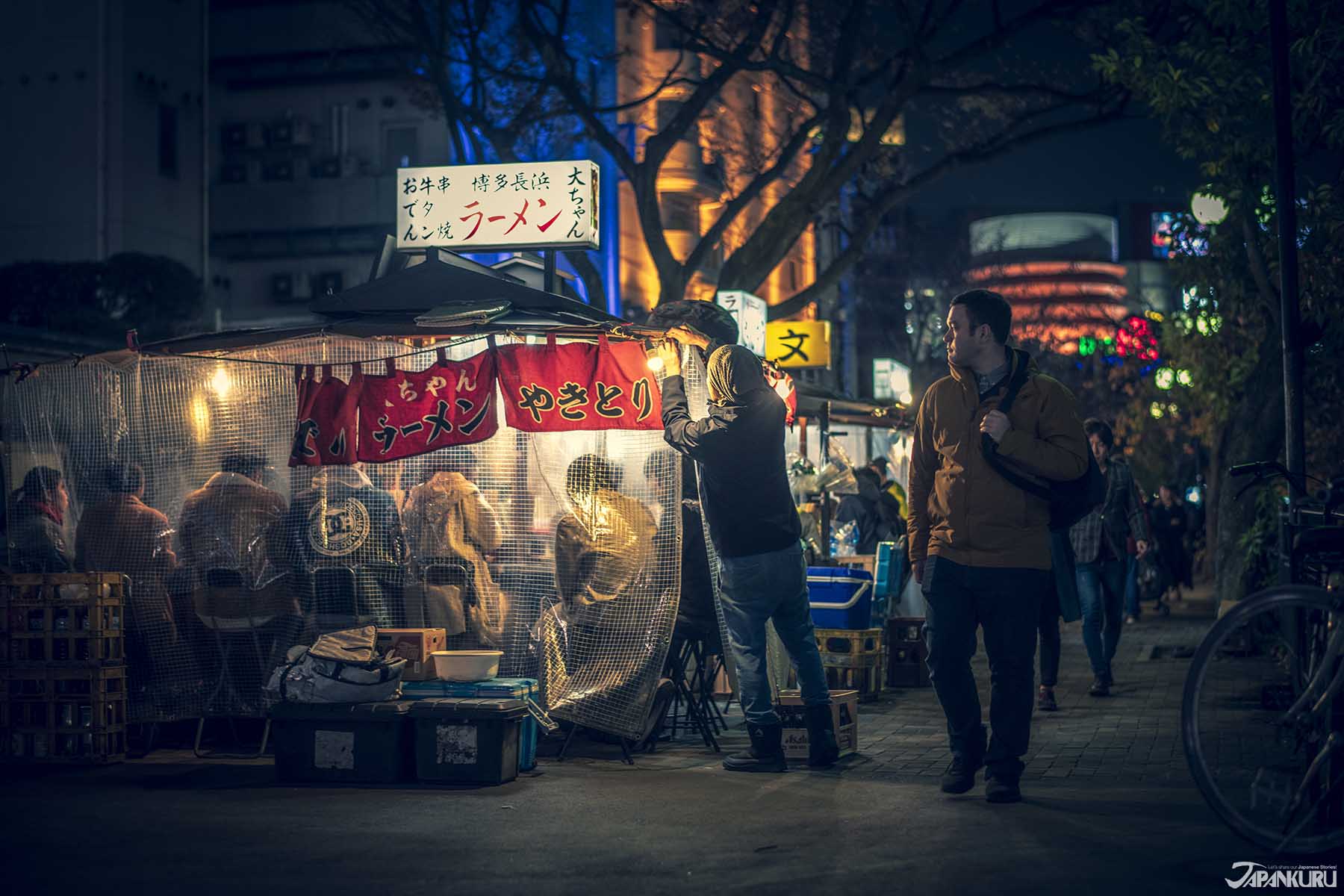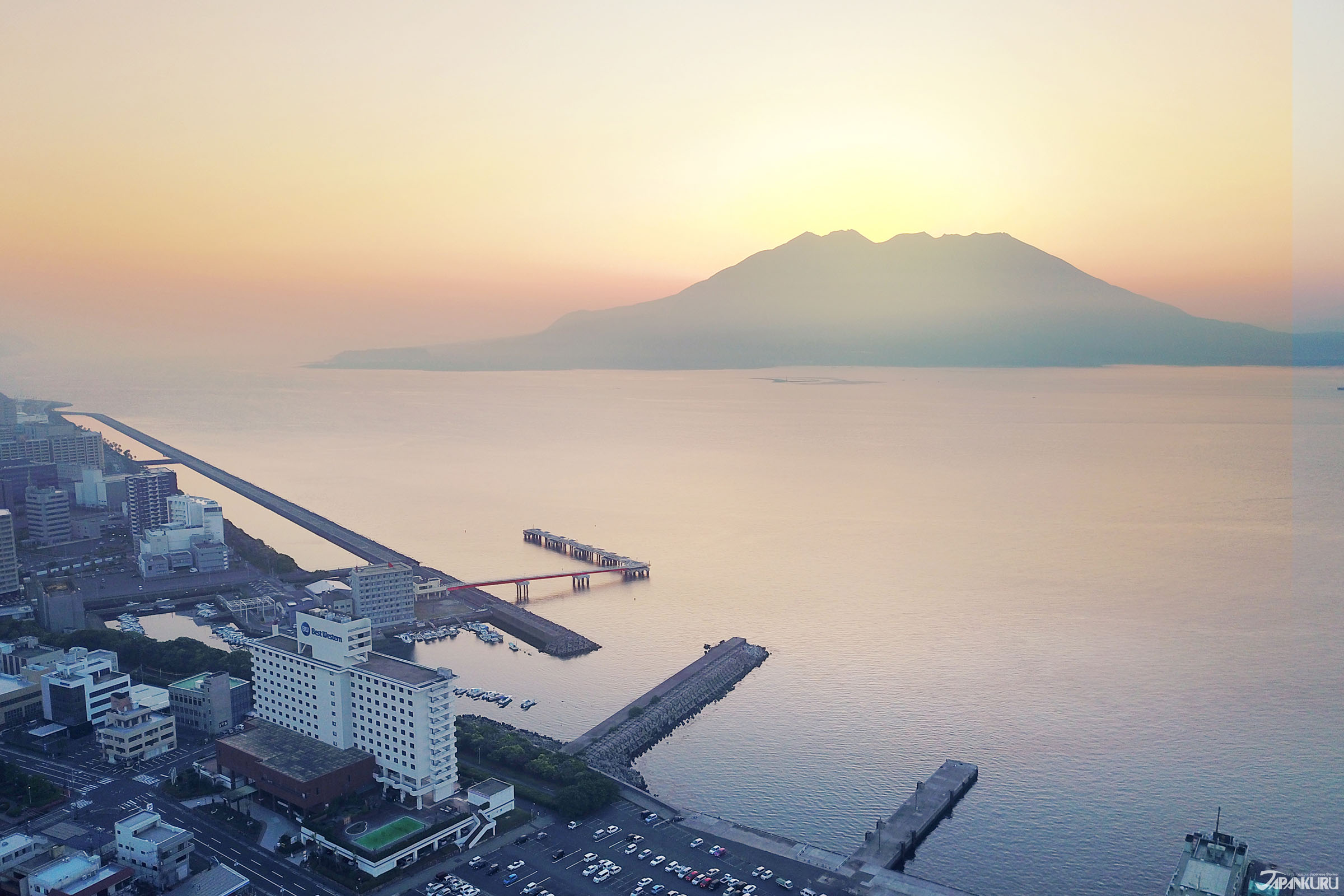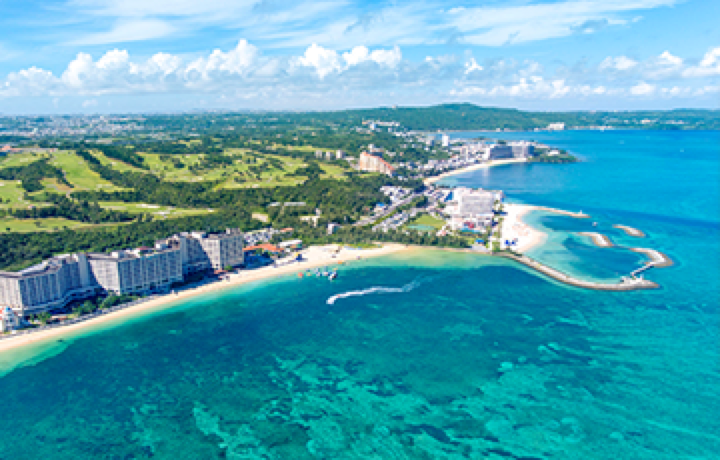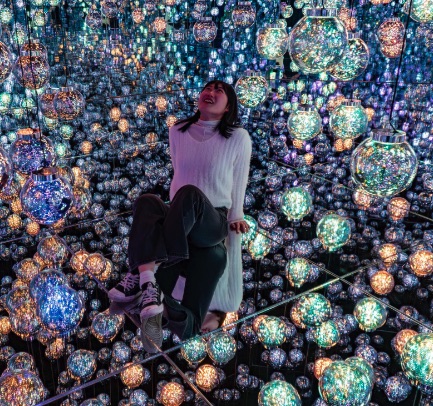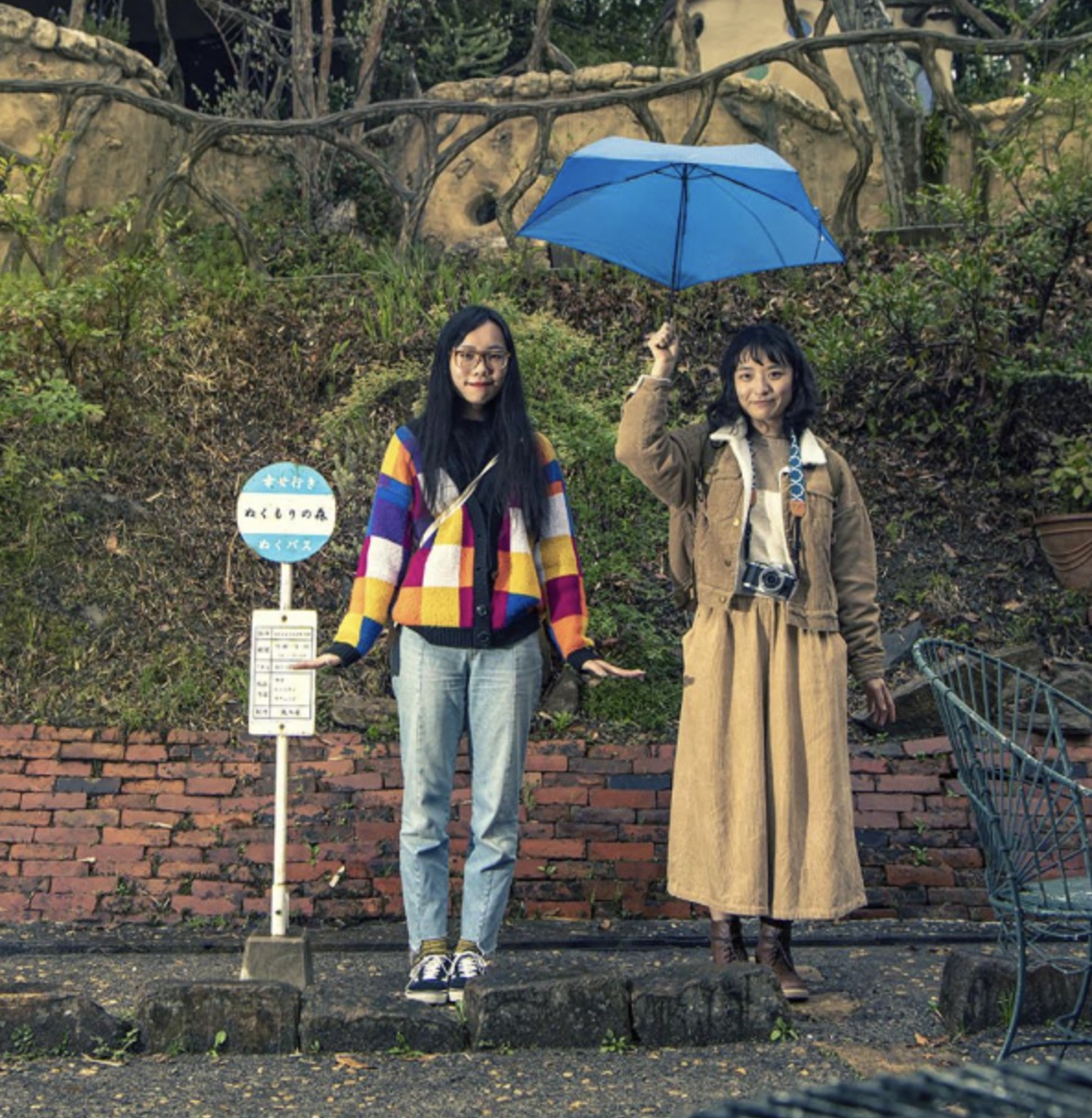CONTENTS
Travelling has been made easy with the help Drive Japan! We had them plan out a 3 day trip around Kyushu for us!!
When thinking about the islands of Japan, you can think of them of their own little countries. Each island of Japan; Hokkaido, Honshu, Kyushu, and Shikoku, each are rather different, with different seasons and climates!
Kyushu is a wonderful place, found in the south of Japan, it is home to a warm climate, amazing hot springs, rich natural resources, and abundance of history!
It has a great infrastructure for locals, but for those that travel to Kyushu, many could benefit also from taking a self guided tour using a rental car! That's where Drive Japan comes in, they offer two things to people that visit their site:
■Travel Route Search Engine
A search engine able to help you find the best route depending on your schedule and destination.
■Daily Drive Maps
A User that has booked via the site can receive a detailed drive map that matches their itinerary. Quick and easy to use.
For our time in Kyushu, we chose a simple but packed 3D2N trip, that creates a circuit to 3 main areas, with stops along the way. As you can that it has a rank of 2 stars, which is based on how busy you might get. Also we had to pay a 1,500 yen Highway fee, because highways aren't free to use in Japan! This route will take you from Fukuoka, to Beppu, to Kumamoto and then back to Fukuoka and you'll even get the chance to stay at Mt. Aso if you so wish!
So let us take you on our adventure!
Day 1:The Start of our Journey!
The 1st day we headed from Fukuoka to Yufuin/Beppu a nationally famous hot spring resort!
It's a long trip but we also had a lot to see in between! We set off quite early as most of the shops and sightseeing spots close about 17-18 o'clock in Yufuin and Beppu. So we also recommended to start 8:00~9:00 if you don't like rushing around.
The first destination we saw was "Dazaifu Tenmangu Shrine(太宰府天満宮)" the most famous of shrines in Kyushu. You can enjoy many shops that have local products and food. If you like sweets and fruit, it is good idea to go fruit picking after visiting the shrine. "Hita old town(日田の古い町並み)" is a great place to have lunch. The daily driving map that we had took us to a eel restaurant, but you can also have ”Hita Yakisoba” at a local grilled noodle restaurant.
Then we set off to Yuhuin. The main street "Yufuin Yunotsubo street(由布院湯の坪街道)" is filled with charming shops selling local products and food too and we enjoyed walking to a small beautiful "Lake Kinrinko(金鱗湖)".
From Yufuin to Beppu it takes about 40 minutes. A Highlight in Beppu is "Beppu Jigoku Hells(別府地獄めぐり)" and it is highly recommended but is closed at 17:00 so you might need to rush.
Onsen was wating for us to heal our fatigue of the busy day.
One thing that Drive Japan told us was that they can recommend you different places during the cherry blossom period in spring and autumn coloured leaves period. It would be a great time for you to travel during this time.
The Picturesque Yufuin
Another look at Yufuin
Beppu Hot Springs
DAY 2: A Packed Day Of Fun!
Day 2 will take you from Yufuin/Beppu to Aso.
Again, this trip has a lot packed in so we headed out at about 8am to try and get everything included!
The first destination was "Kokonoe Suspension Bridge(九重夢大吊橋)". We were told that you can see wonderful coloured leaves in the Autumn. We then stopped at a farm which provided fresh yogurt drinks as well as beautiful wetlands which has 1 – 2.5km walking trails.
"Kurokawa Onsen town(黒川温泉)" is where we stopped off for lunch. Our daily driving map gave us a hint at what the nice recommended restaurants are there.
The biggest highlight on this day though, was driving along the Aso Sky Line from "Skyline observatory" to "Daikanbo Observatory(大観峰)". Driving on outer rim of the Aso caldera was a once in a lifetime unforgettable experience. We finally headed to to "Kusasenri(草千里)". which had breathtaking panoramic grass plains.
The Aso area is where we stayed, out in nature. We reached the designated stopping point at around 6pm.
Kokonoe Dream Suspension Bridge
Relaxing Kurokawa Onsen
Kusasenri
Day 3: The End of A Fun-filled Trip!
Our last day we would be going back to Fukuoka from Aso. With a whopping 200km drive and a few spots in between we headed out super early to fit them in.
We headed out to Kumamoto City first!
The symbol of the city ”Kumamoto castle(熊本城)” is under reconstruction from the damage of the earthquakes that hit a few years ago. We didn't you might fit in a visit to the wonderful Japanese garden "Suizenji Jojuen Garden(水前寺成趣園)". After this our next destination was Yanagawa town. "Ohana Shotoen(御花松涛園)" is an old house and amazing Japanese garden which was built about 300 years ago.
We tried out the recommended lunch on this day which was Kumamoto Ramen, but you might have traditional grilled eel or cheap but good local Udon noodles.
"Yame Chuo Tea Gaden(八女中央大茶園)" was highly recommended to visit, so we headed there. It is a secret spot which is only reachable by car and we were amazed due to panoramic scenery covered with green tea trees.
Traffic can get heavy in Fukuoka and it takes time to fill up on fuel and return your car too. If you're like us and aren't staying in Fukuoka, it might be best to head out earlier so that you can return the car and get your flight out.
Suizen-ji Jōju-en
Mount Aso
Aoi Yame Chuo Tea Garden
Drive Japan: Looking To Bring Hokkaido Driving Routes To You!
In addition to providing services in Kyushu and Okinawa, Drive Japan is currently planning to launch a self-driving route in Hokkaido!
Hokkaido, which also has a wealth of natural resources and an abundance of places to visit, is a perfect choice for self-driving travel!
If you are planning a self-driving tour of Hokkaido or are interested in Drive Japan's plans,
Click on the link for details: https://en.japankurufunding.com/projects/drive-japan/
Hey everyone! We hope that we can help you keep up to date with all the projects and things we have going on over at Japankuru Funding! We hope that you find the projects on the site as interesting as we do!
COMMENT
FEATURED MEDIA
VIEW MORE
What are your plans for cherry blossom season this year? Have you seen all of our favorite cherry blossom destinations yet? 👀 🌸 >> Find out more at Japankuru.com! (link in bio) #🌸 #tokyo #tokyotrip #osaka #osakatrip #nagoya #nagoyatrip #cherryblossom #cherryblossoms #cherryblossomseason #sakura #sakuraseason #japancherryblossom #springinjapan #tokyotravel #japanspring #japaneseculture #japantrip #Japan #japantravel #traveljapan #japankuru

Shinbashi Grand Hammer: Geisha, Traditional Japanese Music, and More Unique Tokyo Dining Experiences #japankuru #grandhammer #shinbashi #tokyo #tokyotrip #geisha #신바시 #신바시맛집 #그랜드해머 #게이샤 #신바시그랜드해머 #인력거 #일본해녀 #야키니쿠 #東京景點 #東京新景點 #新橋 #東京美食 #東京夜生活

SHIGA KOGEN SNOW ADVENTURES #shigakogen #snowmonkey #snowmonster #snowshoes #nagano #japantrip #시가고원 #겨울스포츠 #일본원숭이 #스키스타그램 #나가노 #스노우슈즈 #상고대 #志賀高原 #長野雪猿 #雪鞋健行 #日本冬季旅遊 #日本樹冰 #เที่ยวญี่ปุ่น #หิมะ #รองเท้าลุยหิมะ #นากาโน่ #ออนเซ็นลิง #志賀高原 #志賀高原スキー場

See Kyoto Clearly With Your New Glasses #japankuru #kyoto #jins #교토여행 #진즈 #京都 #교토수족관 #가모가와 #kamogawa #kyotoaquarium

The First Japanese Converse Flagship: CONVERSE STORE HARAJUKU #japankkuru #conversejp_pr #conversejapan #harajuku #tokyotrip #converse #tokyoshopping #匡威 #帆布鞋 #東京購物 #原宿 #日本時尚 #일본쇼핑 #일본컨버스 #일본한정 #하라주쿠 #일본패션 #일본스트릿 #รองเท้าconverse #รองเท้าผ้าใบ #ช้อปปิ้ง #ฮาราจูกุ #คอนเวิร์ส

Japanese Makeup Shopping • A Trip to Kamakura & Enoshima With Canmake’s Cool-Toned Summer Makeup #pr #canmake #enoshima #enoden #에노시마 #캔메이크 #japanesemakeup #japanesecosmetics

⚔️The Robot Restaurant is gone, but the Samurai Restaurant is here to take its place. Check it out, and don't forget your coupon! 🍣신주쿠의 명소 로봇 레스토랑이 사무라이 레스토랑으로 부활! 절찬 쿠폰 발급중 💃18歲以上才能入場的歌舞秀,和你想的不一樣!拿好優惠券去看看~ #tokyo #shinjuku #samurairestaurant #robotrestaurant #tokyotrip #도쿄여행 #신주쿠 #사무라이레스토랑 #이색체험 #할인이벤트 #歌舞伎町 #東京景點 #武士餐廳 #日本表演 #日本文化體驗 #japankuru #japantrip #japantravel #japanlovers #japan_of_insta

Japanese appliance & electronics shopping with our KOJIMA x BicCamera coupon! 用JAPANKURU的KOJIMA x BicCamera優惠券買這些正好❤️ 코지마 x 빅 카메라 쿠폰으로 일본 가전 제품 쇼핑하기 #pr #japankuru #japanshopping #kojima #biccamera #japaneseskincare #yaman #dji #osmopocket3 #skincaredevice #日本購物 #美容儀 #相機 #雅萌 #日本家電 #일본여행 #면세 #여행꿀팁 #일본쇼핑리스트 #쿠폰 #일본쇼핑 #일본브랜드 #할인 #코지마 #빅카메라 #japankurucoupon

Odaiba's DiverCity Tokyo Plaza is home to the famous real-size 20m-tall Unicorn Gundam, and the popular shopping center has even more Gundam on the inside! Check out the Gundam Base Tokyo on the 7th floor for shelves upon shelves of Gunpla, and the Gundam Base Tokyo Annex on the 2nd floor for cool anime merchandise. Both shops have tons of limited-edition items! #pr #odaiba #tokyo #tokyotrip #japantrip #japantravel #PR #divercity #divercitytokyoplaza #tokyoshopping #gundam #unicorngundam #gundambasetokyo #anime #otaku #gunpla #japankuru #오다이바 #다이바시티도쿄 #오다이바건담 #건담 #일본건담 #건프라 #건담베이스도쿄

















